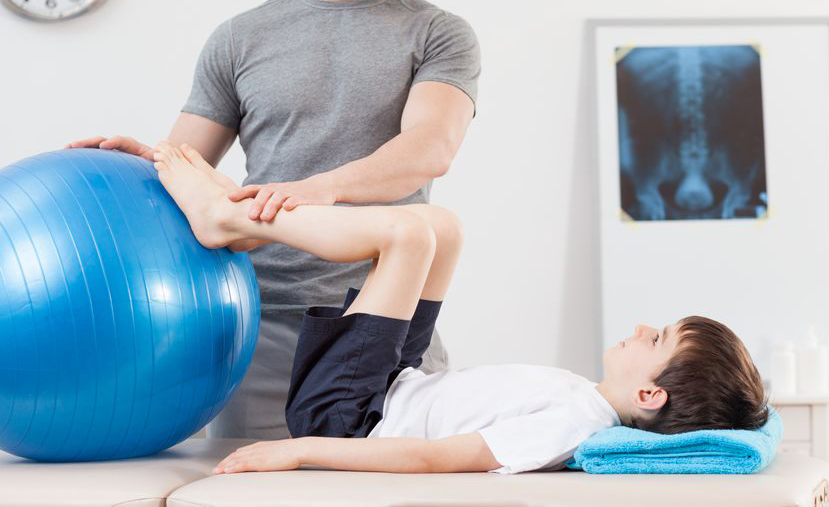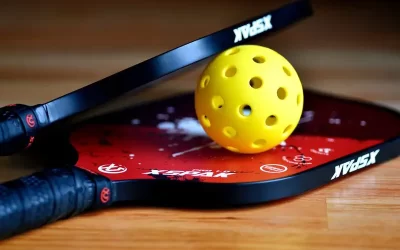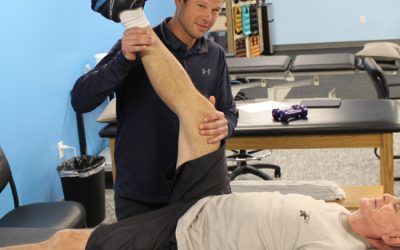
By LISA WHELDON, DPT
If your child gets diagnosed with scoliosis you may be a bit taken aback. It can be unsettling to get a medical diagnosis with little explanation of what it is or how it can be treated. Scoliosis means that there is a change to the “normal” shape of the spine so the spine may have moved to the side or turned. This can alter a person’s overall trunk alignment and posture. The abnormal curvature of the spine can alter other areas of the body. This may include: shoulder height, hip height, pain in area of shoulders pelvis and hip, and painful movement patterns. As physical therapists we can often be an important part of the team to help a child with scoliosis.
Scoliosis is a relatively common condition that can affect “2% to 3% of the general population, and is more common in females than males APTA”. Adolescent idiopathic scoliosis (AIS), the most common type of scoliosis, is diagnosed in children aged 10-18 years. Idiopathic means no identifiable cause is known, but 30% of children with AIS have some family history of the condition. Other types of scoliosis include congenital, neuromuscular, and early onset (infantile and juvenile). Congenital scoliosis is when a deformity to the bones of the spine happens during baby’s development in the womb. Neuromuscular scoliosis is caused by the nervous system and can occur in conditions like cerebral palsy (CP) or muscular dystrophy. Early onset scoliosis is diagnosed from birth to 3 years of age or juvenile scoliosis diagnosed before age 10. Both of these onsets have an unknown cause.

Physical therapists can even be involved in the screening and initial diagnosis of scoliosis (although an x-ray from an orthopedic physician can truly confirm). Upon screening of the patient, the PT can discuss what activities are difficult for the child due to their current condition. They will evaluate the patient’s ROM and then assess strength and flexibility of the surrounding muscles. Upon evaluation the therapist can then create a program to address areas of impairment. If there appear to be movement limitations then some gentle stretching may be appropriate to improve the child’s mobility. Areas of weakness are often an issue so the therapist would provide a proper strengthening program. This program could include exercises to strengthen weak back muscles, core, shoulders and hips.
Manual therapy can also be a part of the treatment plan. We are trained professionals to restore mobility and ROM in a joint. This can include joint mobilizations, manual stretching, and soft tissue mobilizations to gently restore motion. Education is also an important part of treatment. If a child doesn’t pay attention to their posture and they are hunched over looking at tablets or the computer (which is common at this time) they can exacerbate the curvature. Unfortunately, scoliosis isn’t really “preventable” but educating on the condition and body movement is an important piece of the puzzle.

Typically, the goal of therapy is to do things to work on the muscle imbalances from the curvature. If a child has tight hamstrings, then we would stretch that area out in the clinic and provide the patient with proper exercises to improve the muscle length of hamstrings. Providing patients with tools to self-treat and maintain gains made in therapy is critical. Then to address areas of weakness is another important piece. Core strengthening can be important for any spinal condition. Creating a core strengthening program that the patient can perform in the clinic and then continue with following discharge is another component. Physical therapy doesn’t end once the patient is discharged from the clinic. It is important for the parent and child to remember the program created by the therapist be maintained and may even require updating/progression periodically by the therapist. So, if your child is diagnosed with scoliosis physical therapy is a viable option for treatment. Contact Rye Physical Therapy at 603-929-2880 to learn more.
Source: https://www.choosept.com/symptomsconditionsdetail/physical-therapy-guide-to-scoliosis




